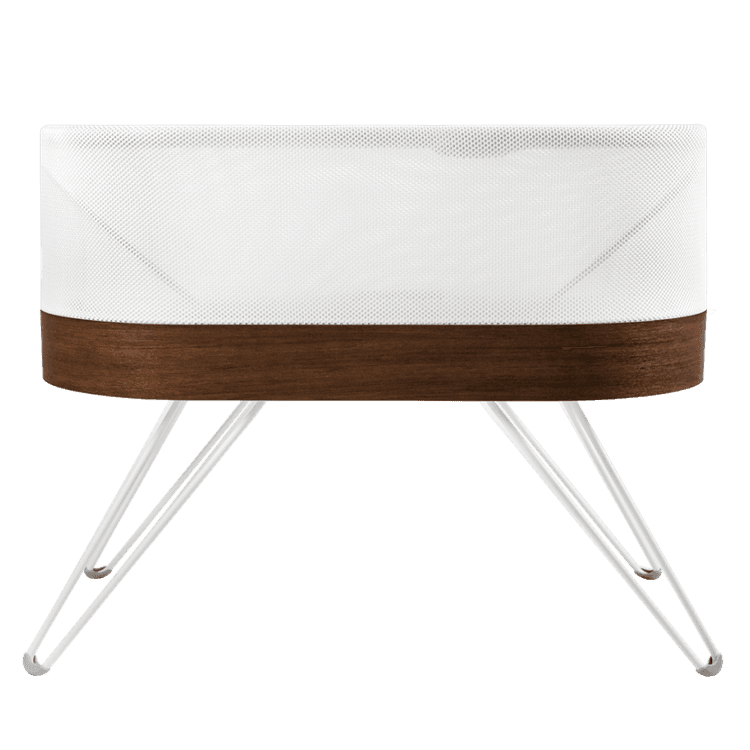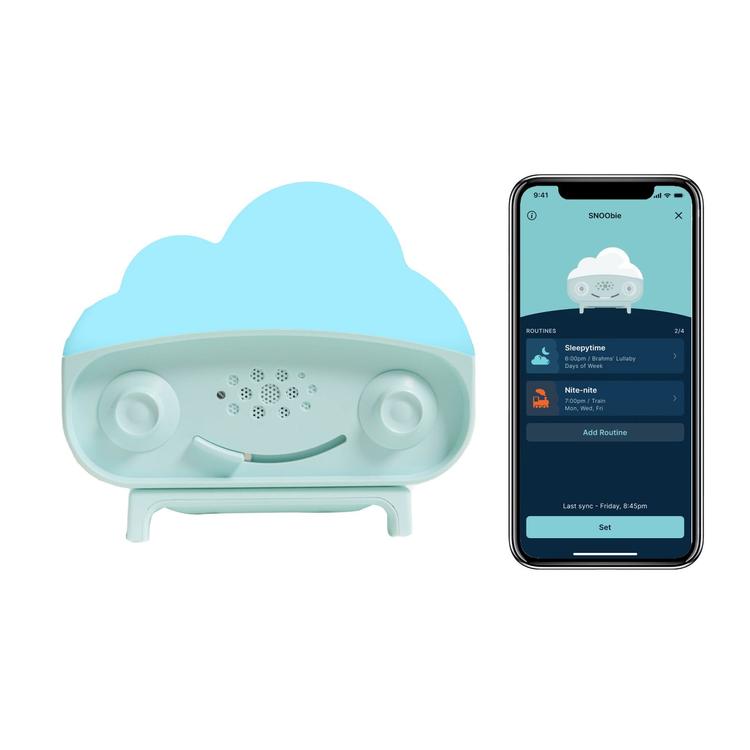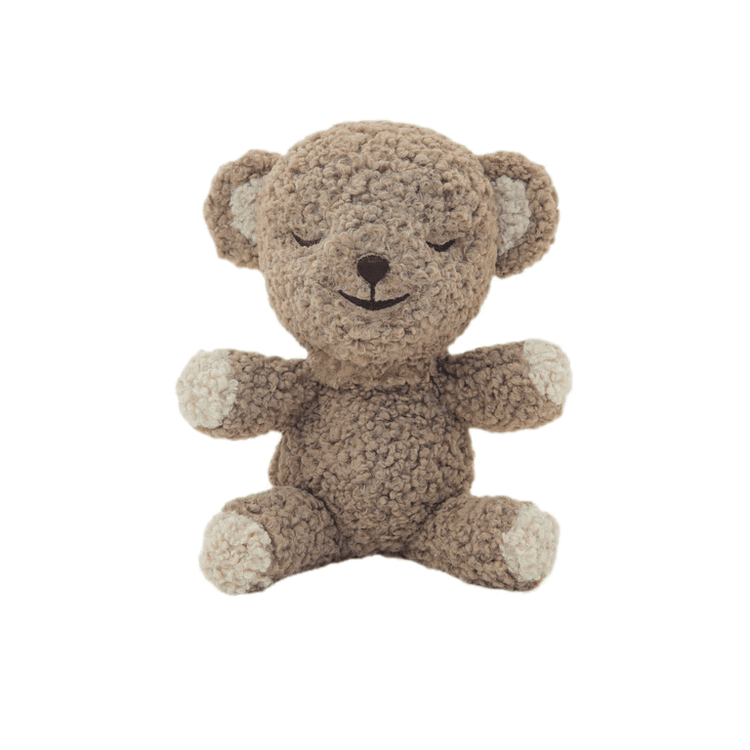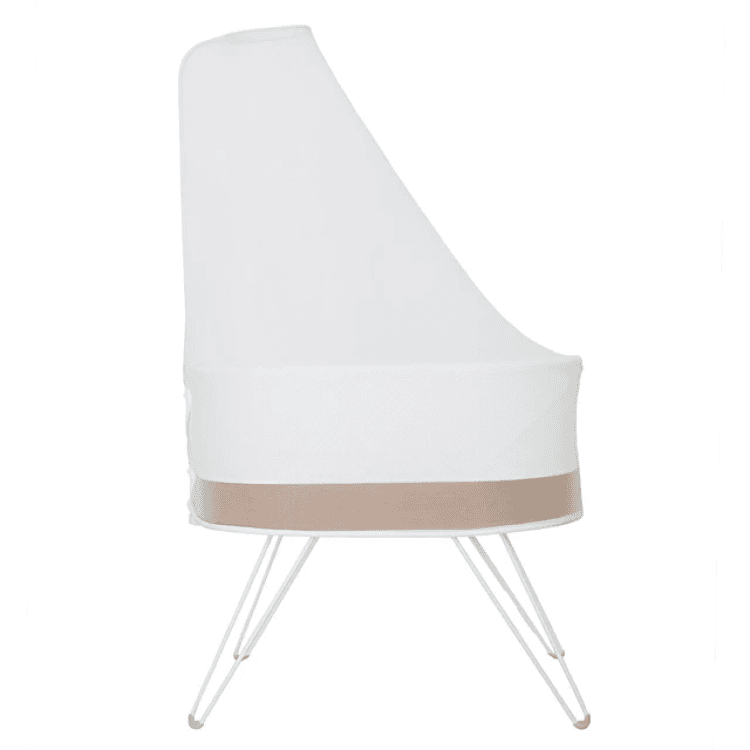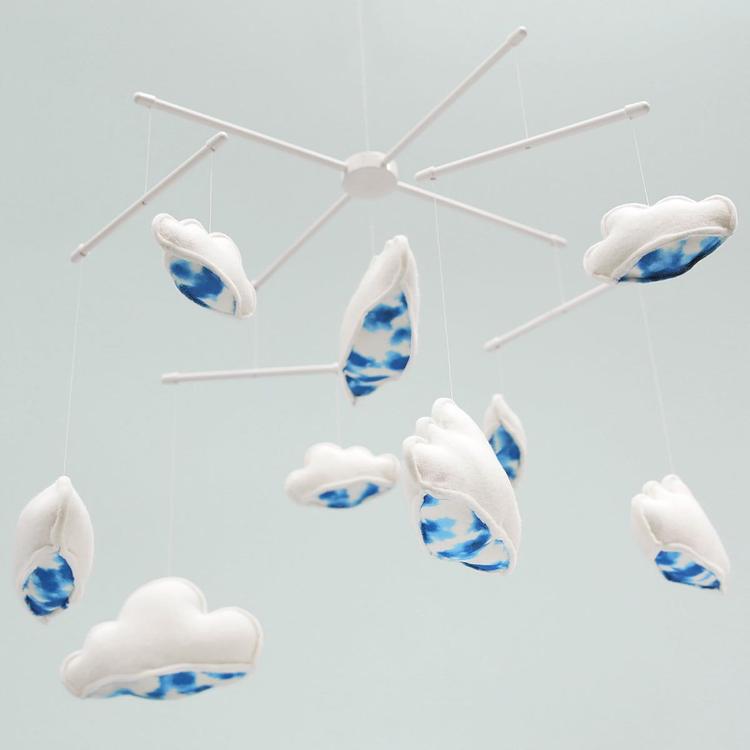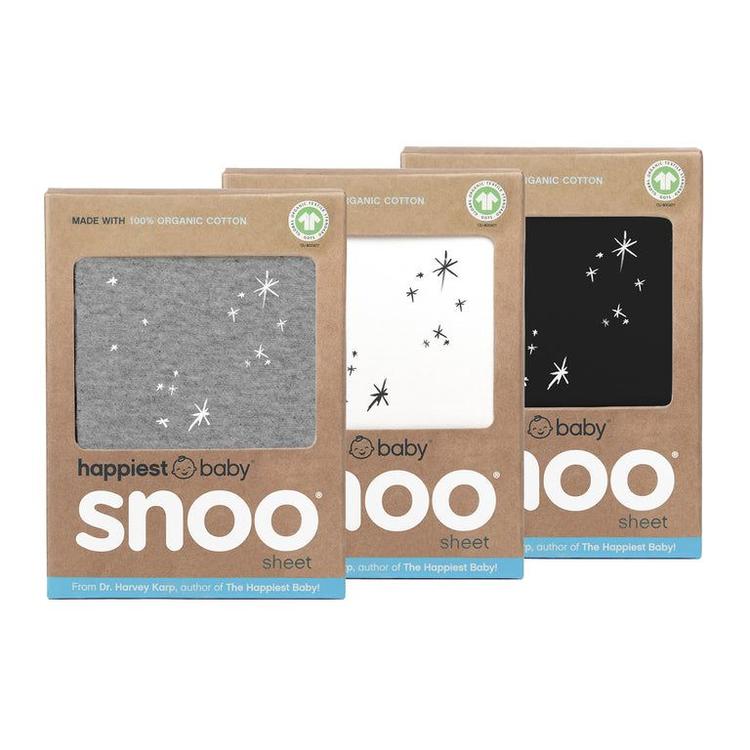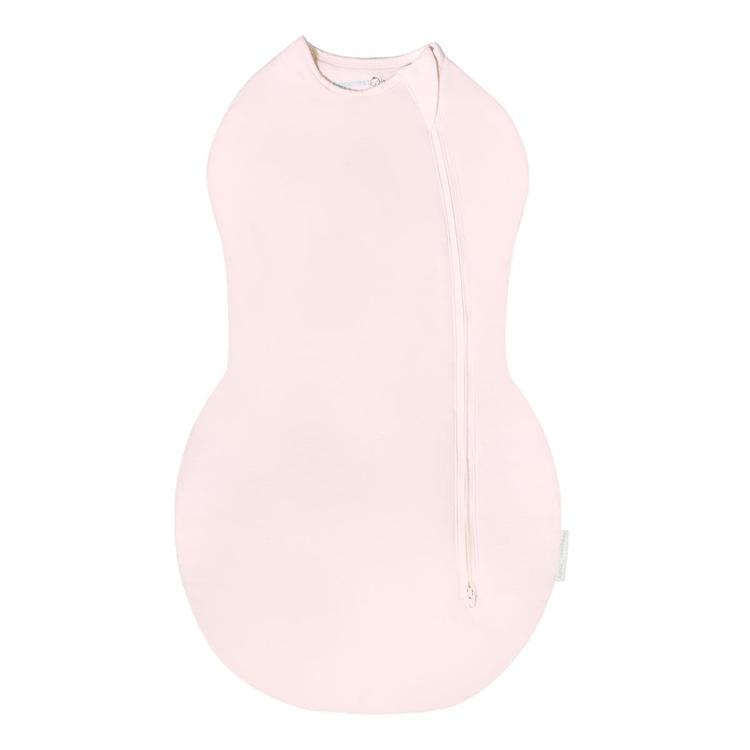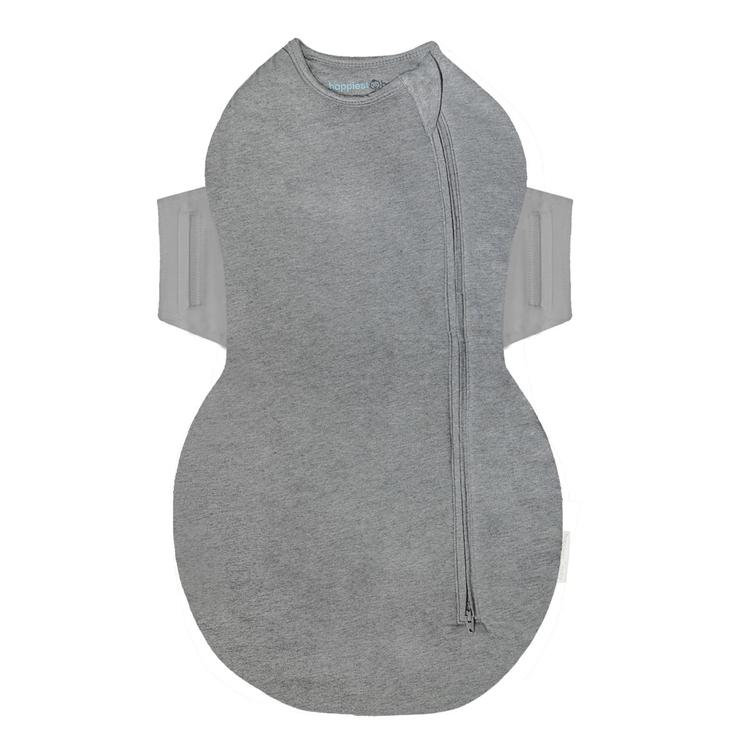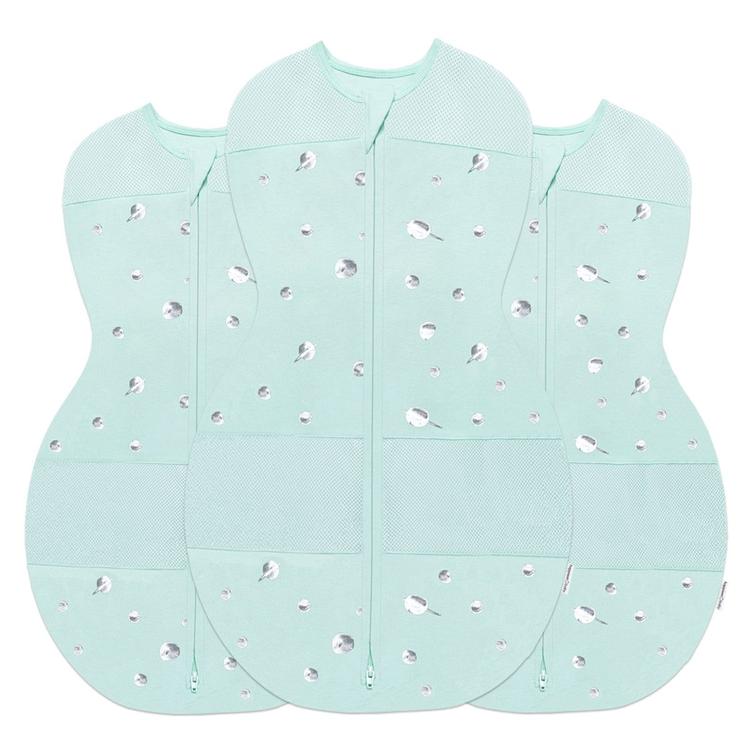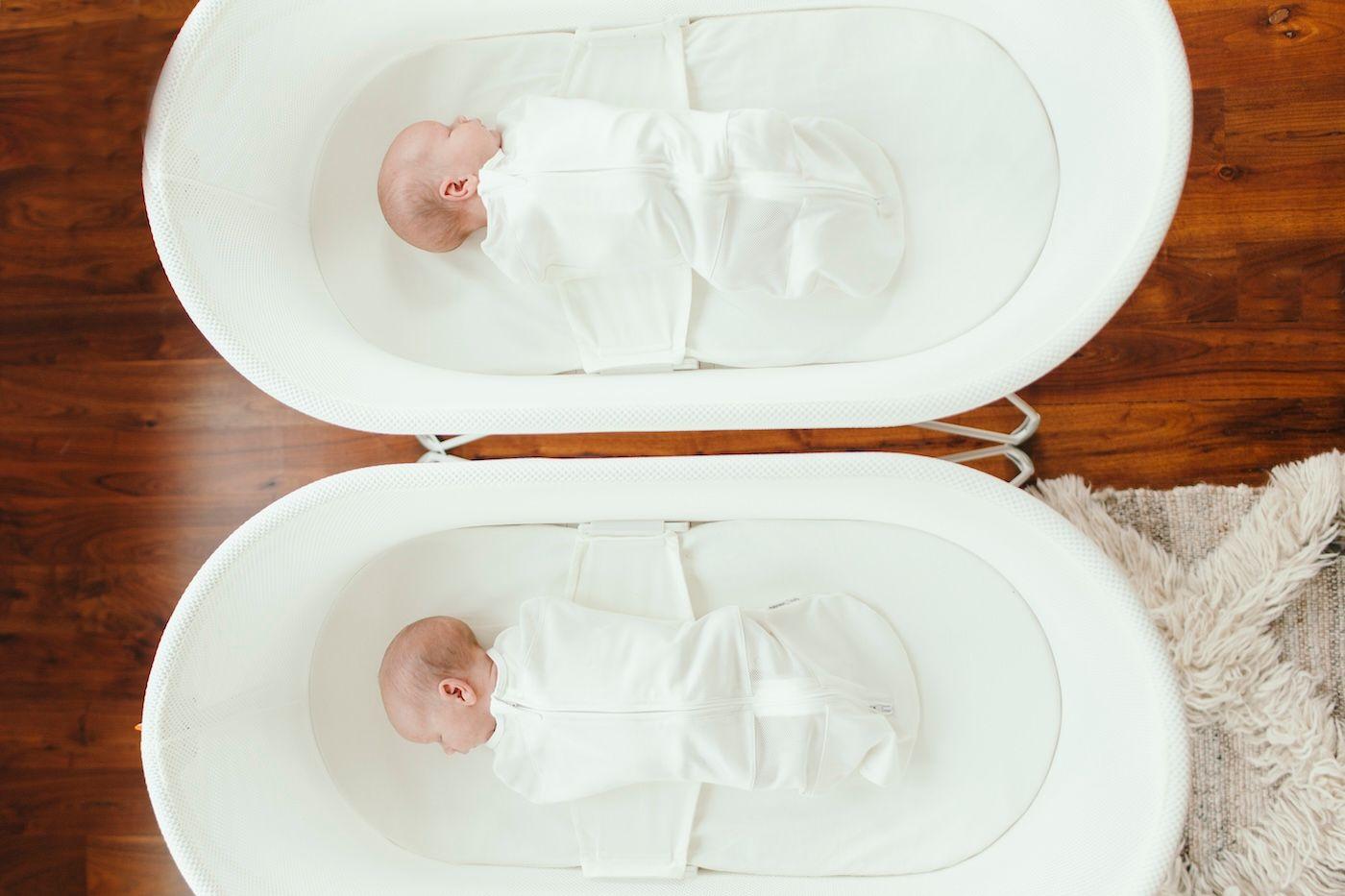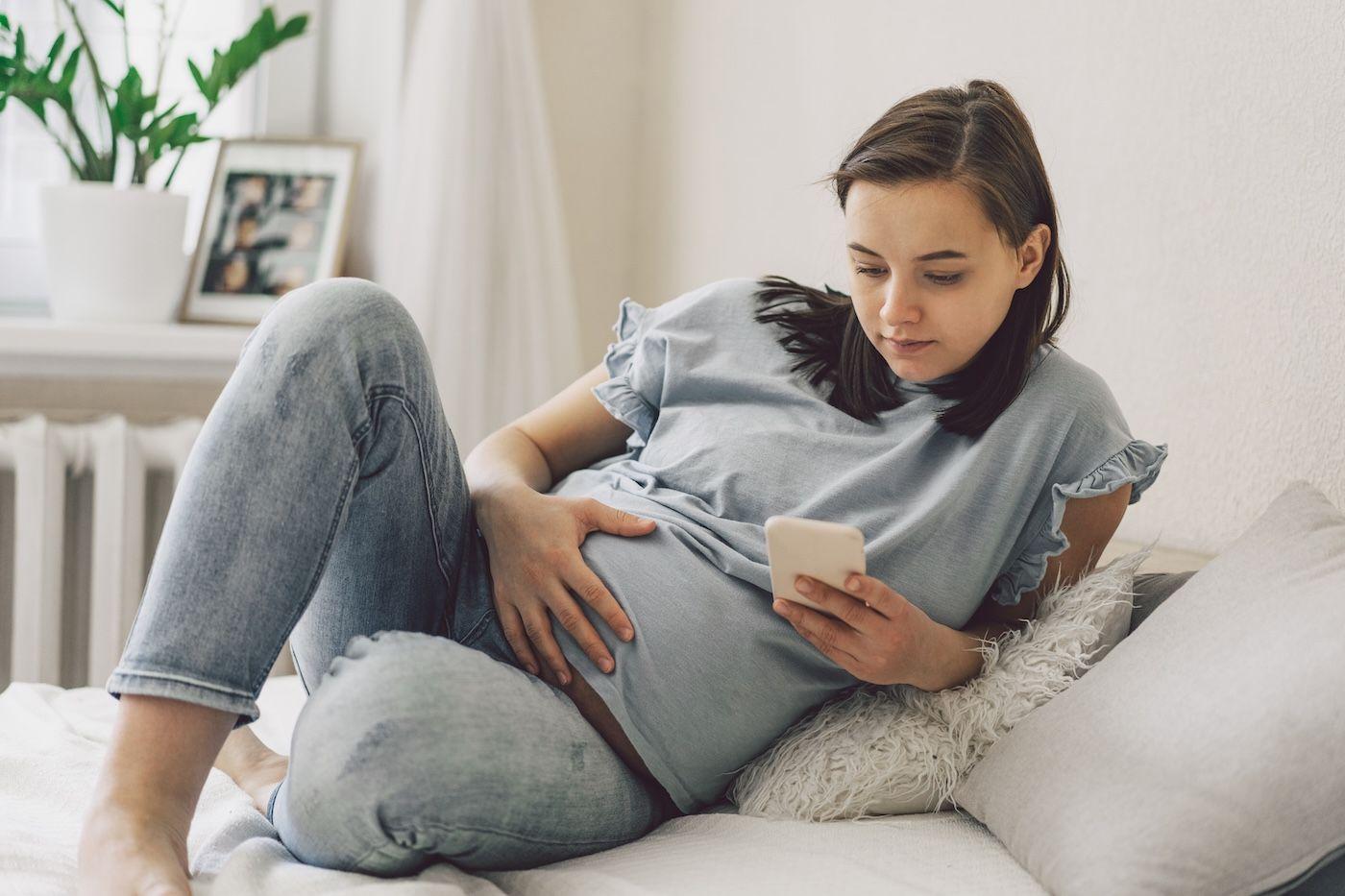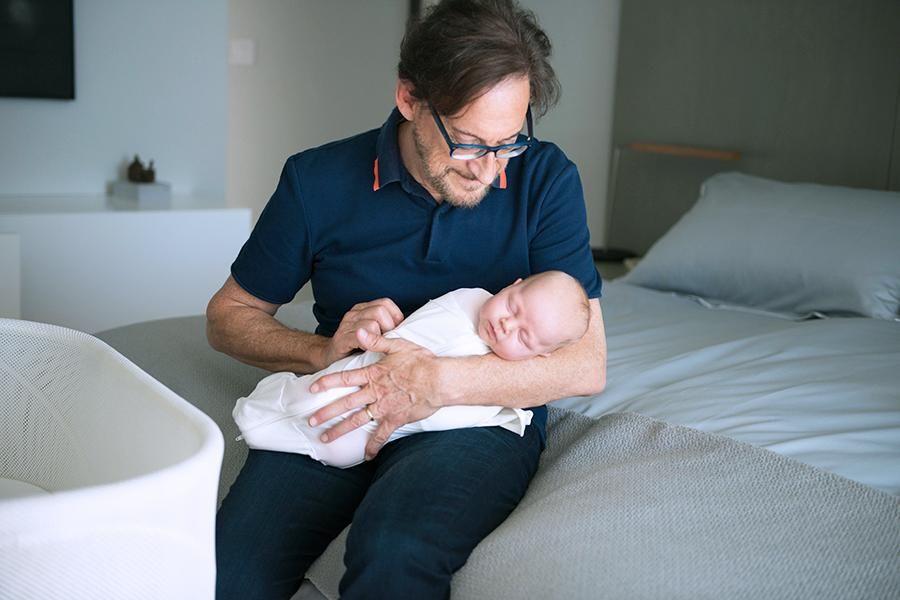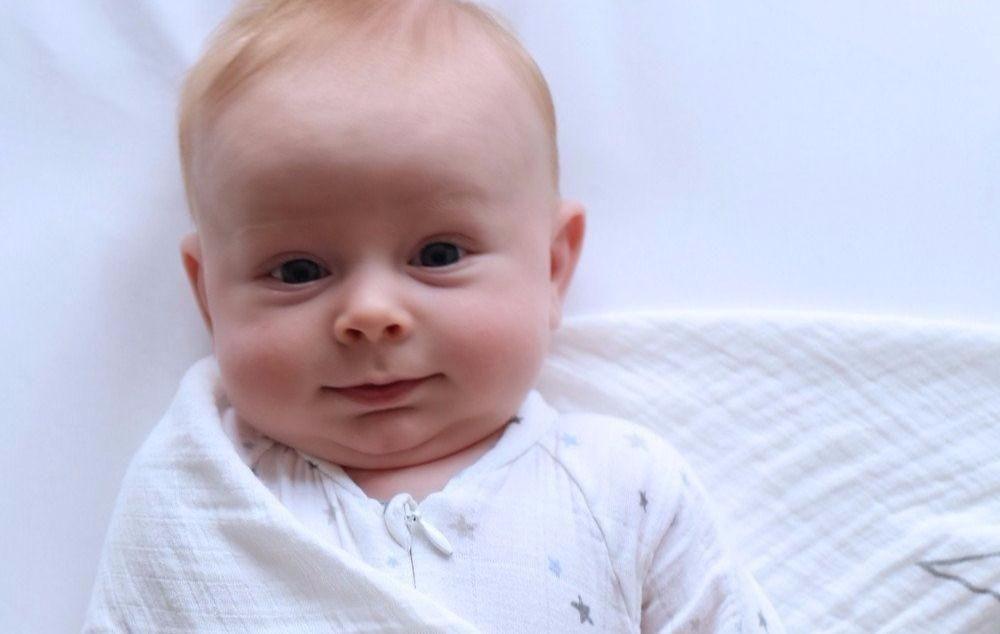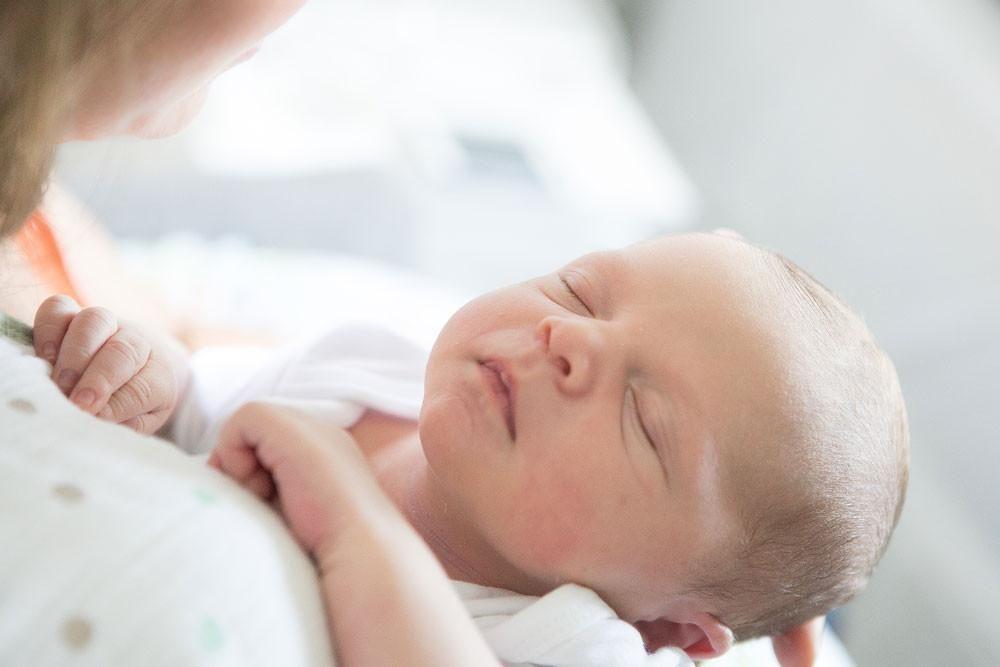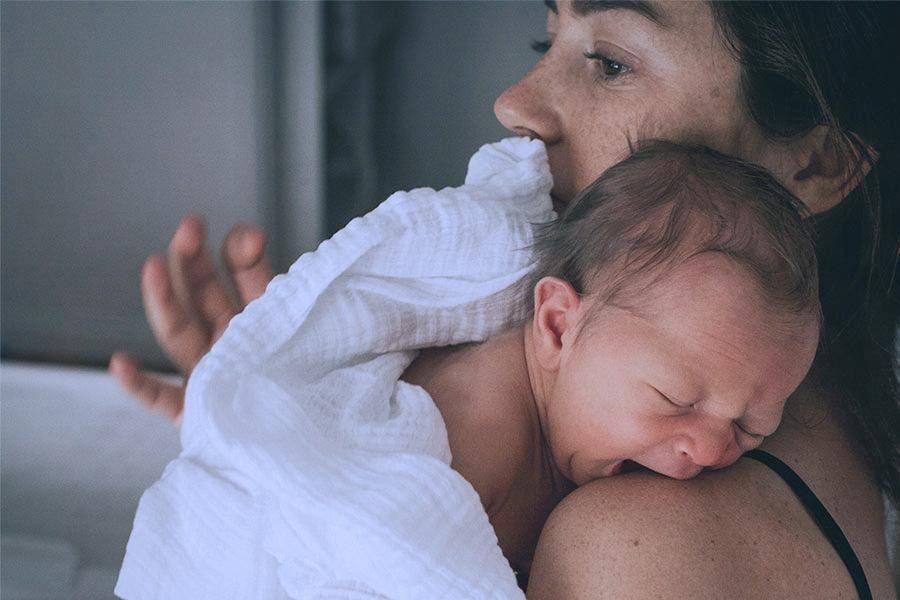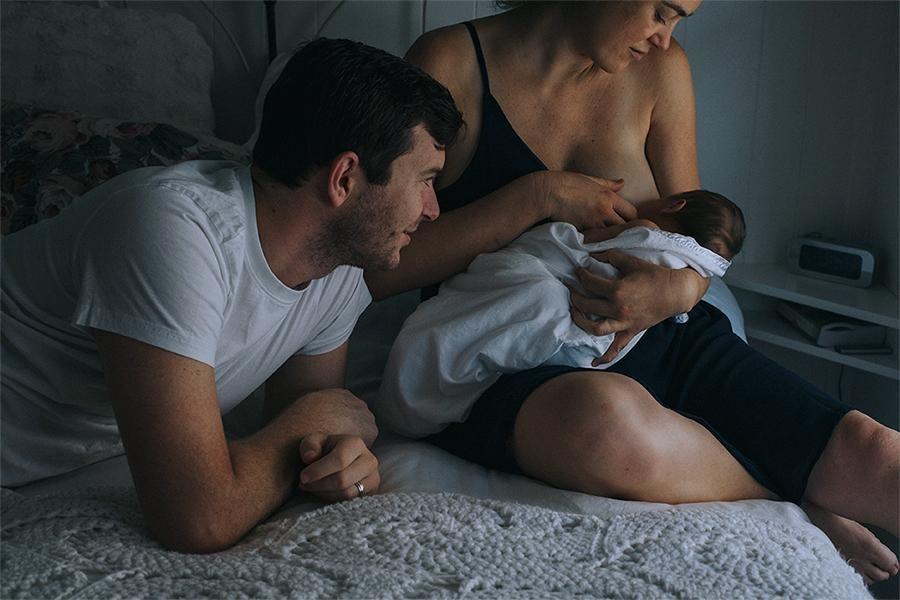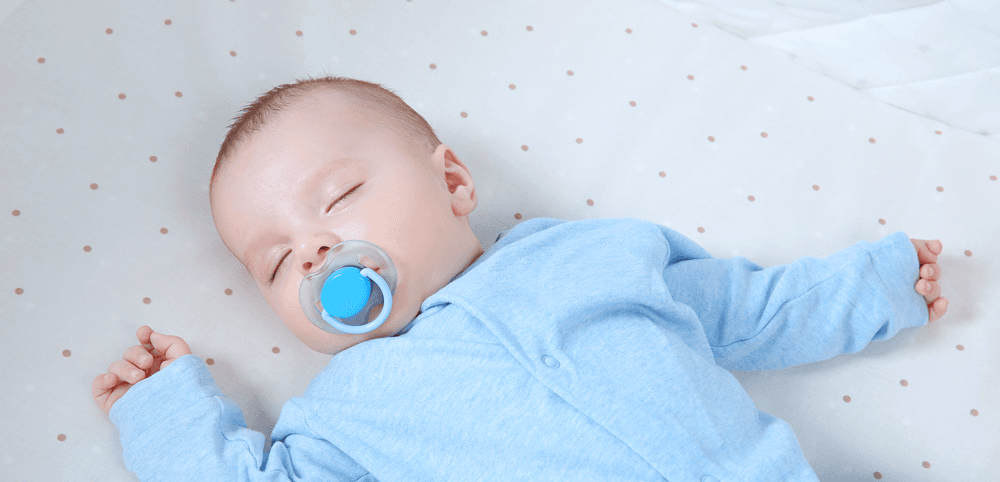14 Weeks Pregnant: Baby Update
Your little one is already an overachiever! By now, the foundations of all their major body systems—nerves, muscles, bones, intestines, genitals, and brain—are in place. From here, the focus is on growing…and growing some more.
Their tiny face is becoming more expressive, thanks to the development of delicate facial muscles. They may already be practising little grins in the womb! Eyebrows are starting to fill in, their neck is lengthening, and tiny fingernails are appearing on fingers they can now clench, suck, or even punch with.
Your baby’s heart structures are complete, though there’s still a natural opening between the heart’s chambers. This “shortcut” is totally normal (and useful!) because oxygen comes from you, via the placenta—not from their lungs. Blood bypasses the lungs, heading straight back into circulation with a fresh delivery of oxygen and nutrients from you.
Meanwhile, microscopic hairs called cilia are sprouting inside your baby’s lungs. These will soon begin practising their sweeping motions—an essential lifelong job of keeping the lungs clear of dust and mucus.
How Many Months Is 14 Weeks Pregnant?
At 14 weeks, you’re just over 3 months pregnant (nearly 3½ months).
Baby’s Size at 14 Weeks
Your baby is about the size of a peach.
14 Weeks Pregnant: What to Expect
Welcome to the second trimester!
The first trimester can feel a little strange: you may not be showing yet (though some people notice puffiness), and symptoms like morning sickness and fatigue may linger. But things usually start to improve now. You’ll likely notice a boost in energy and may even begin to see the first signs of a bump.
At this stage, your womb has outgrown the space in your pelvis and can now be felt in your lower abdomen. First-time parents may take longer to show, while those who’ve been pregnant before often find their belly “pops” earlier—much to the amusement of friends and family.
Another big change is happening behind the scenes: your blood volume is increasing. By the end of pregnancy, you’ll have 1½ to 2 times more blood than before. This extra supply nourishes the placenta, supports your baby, protects against dips in blood pressure, and prepares your body for blood loss at delivery.
Because of this, your iron and folate needs are higher now. Taking a prenatal supplement with iron and folic acid is recommended. Pair iron with vitamin C (like a glass of orange juice) to improve absorption. Cooking with a cast-iron pan and eating iron-rich foods—such as meat, fish, eggs, lentils, spinach, and prunes—can also help. Low iron can lead to anaemia, which affects around 15–25% of pregnancies, but it’s easily treated.
14 Weeks Pregnant To-Do List
- Check for lead-based paint: If you live in an older home (pre-1970s in Australia/UK), be cautious of old paint, especially during renovations. Lead can be harmful in pregnancy. Only licensed professionals should remove it, and you’ll need to avoid the area until it’s thoroughly cleaned.
- Test for radon (UK only): Radon is an odourless radioactive gas found in some granite-heavy regions. Long-term exposure raises the risk of lung cancer. If you live in a radon-prone area, test kits are available.
- Ditch non-stick pans: Traditional non-stick coatings (like Teflon) can release chemicals linked to health risks. Consider switching to stainless steel, ceramic, or cast iron.
- Buy support stockings: These can improve circulation, reduce discomfort, and help prevent varicose veins—especially if you’re on your feet all day or flying. Some private health funds in Australia or NHS prescriptions in the UK may cover them.
- Plan the nursery: With more energy in this trimester, it’s a great time to start setting up. Focus on essentials first, such as a safe sleeping space. (We recommend the SNOO Smart Sleeper, which keeps babies in a safe back-sleeping position, helps settle fussing, and promotes longer stretches of sleep for everyone.)
Pregnancy Fun Fact
Your womb will expand 500 to 1,000 times its original size by the end of pregnancy—making room for your baby, placenta, and about 2 litres of amniotic fluid!


